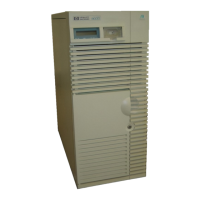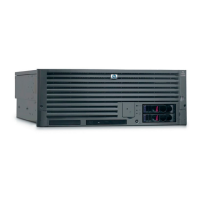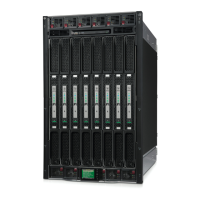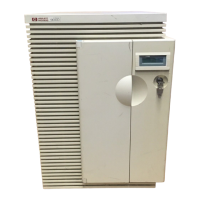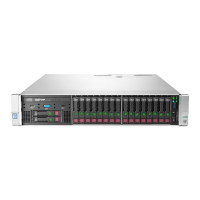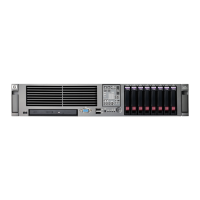Chapter 3
Preparing Superdome for Booting
Setting Up the CE Tool (PC)
56
Setting Up the CE Tool (PC)
NOTE The information in this and subsequent sections pertains to the hp A500 SMS. See Appendix A,
hp Server rx2600 Support Management Station,for connecting and setting up the new hp
Server rx2600 SMS.
The CE Tool is usually a laptop. It allows you to communicate with the Guardian Service Processor (GSP) in
SPU Cabinet 0. The GSP monitors the activity of a single SPU cabinet or a complex (where more than one
SPU or I/O Expansion cabinet is installed and connected to the GSP).
During installation, communicating with the GSP allows you to perform such tasks as:
• Verifying that the components are present and installed correctly.
• Setting LAN IP addresses.
• Shutting down power to such “entities” as cells and card cages.
You can communicate with the GSP in several ways. The recommended method is to connect the CE tool to
the Local RS-232 port on the GSP. In user tests, this has been shown to be the quickest and most reliable way
to communicate with the GSP. After you gain experience with Superdome installations, you may want to
experiment with other ways, including connecting a crossover LAN cable directly from the Customer LAN
connection on the GSP to the LAN card adapter on your CE Toolkit, and running Reflection 1 (see
Appendix D). You may also want to communicate with the GSP using a modem (see Appendix E).
Setting CE Tool Parameters
After powering on the CE tool, make sure the communications settings are:
• 8/none (parity)
• 9600 baud
• Xon/Xoff (Receive)
• None (Transmit)
If your CE tool is a laptop using Reflection 1, you can check or change these communications settings using
the following procedure:
Step 1. From the Reflection 1 Main screen, pull down the Connection menu and select Connection
Setup.
Step 2. Select Serial Port.
Step 3. Select Com1.
Step 4. Check the settings and change, if required.
Go to More Settings to set Xon/Xoff. Click OK to close the More Settings window.
Step 5. Click OK to close the Connection Setup window.
Step 6. Pull down the Setup menu and select Terminal (under the Emulation tab).
Step 7. Select any HP terminal type.

